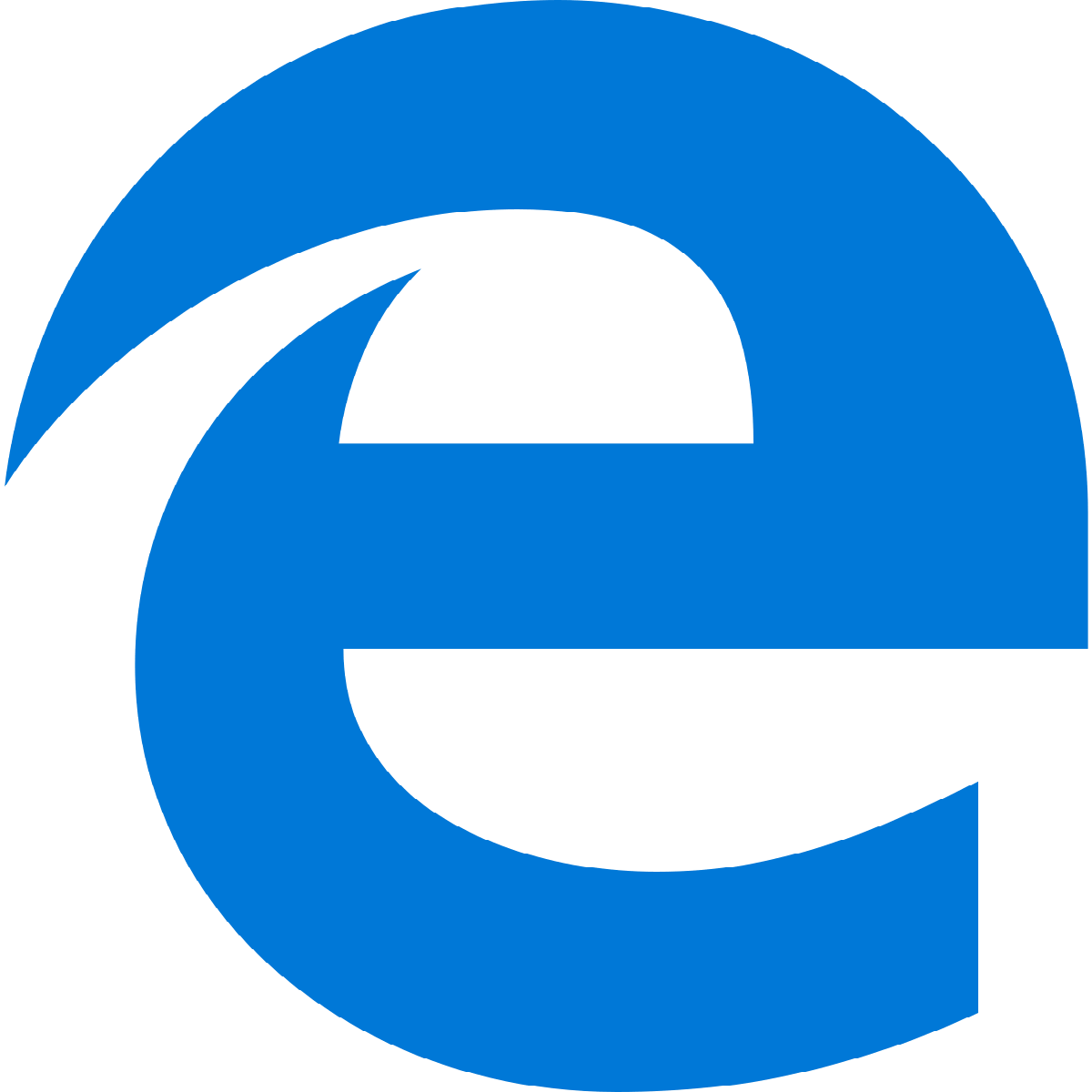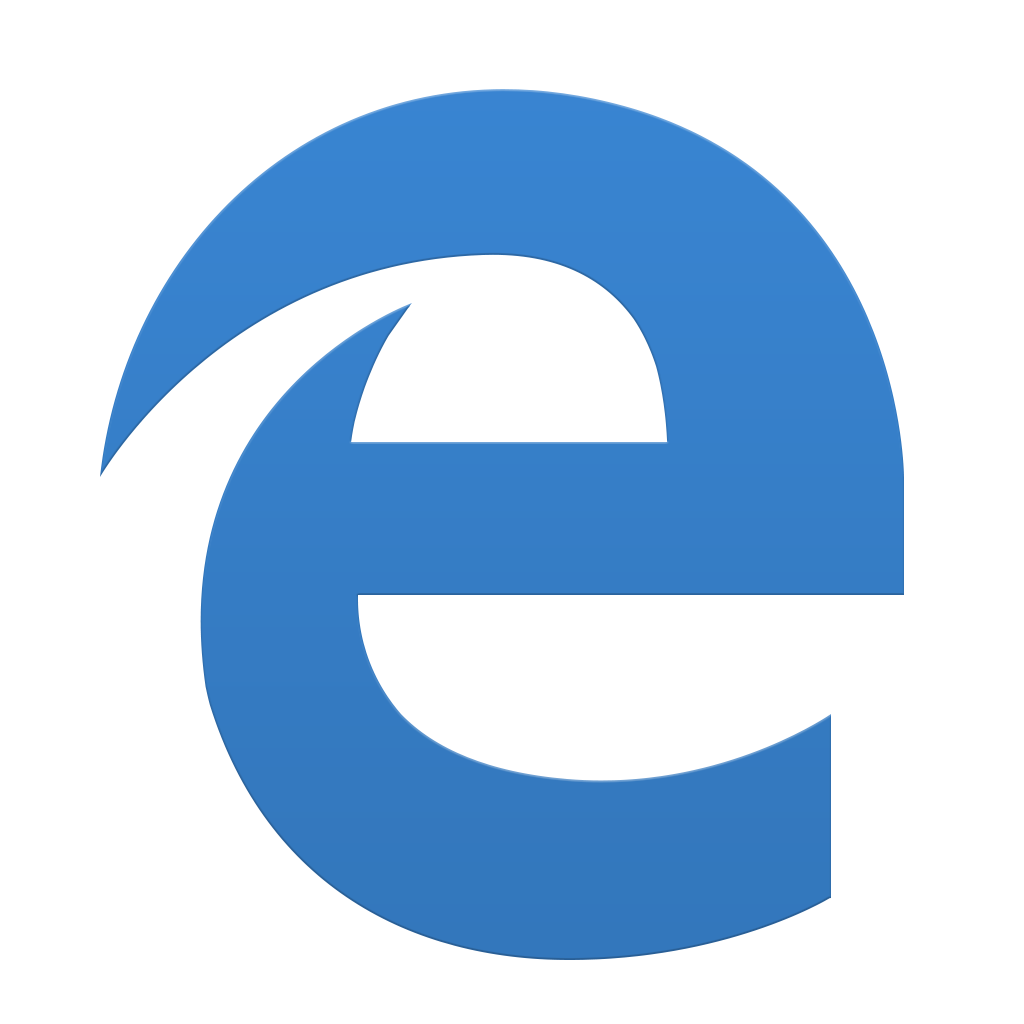

Editor uses artificial intelligence to keep your writing up to snuff and promises to work well for anyone not willing to shell out cash for a different add-on.Įxtensions are another feature the Microsoft Edge browser and Chrome both offer, although in different ways. Then there’s the Editor, Microsoft’s built-in answer to writing assistants like Grammarly. Microsoft also added an Edge Bar that can float or run along the edge of a display and provides a quick look into news and weather and provides access to some Edge features. You can easily access those groups by clicking on a collection, bringing you back to a particular working state quickly and easily. For example, there is Edge Collections, which lets you group similar webpages and name them. Although most modern browsers offer the same essential capability, that’s a nice feature in its own right.Įdge also has some features that Chrome doesn’t. Just install Microsoft’s new browser accept the offer to sync over your passwords, bookmarks, addresses, and more from Chrome and you’re off to the races. Making the switch from the Chrome browser to Edge is simple enough in terms of features. If you’re someone who’s bothered by how much of a memory-hog Google Chrome browser has become, Microsoft Edge is the clear winner in this regard. In one test, Edge used 665MB of RAM with six pages loaded while Chrome used 1.4GB - that’s a meaningful difference, especially on systems with limited memory. Chrome used to be known for how little RAM was used, but these days, it’s become bloated.

Microsoft Edge does have one significant performance advantage over Chrome: Memory usage. Granted, Chrome narrowly beats Edge in the Kraken and Jetstream benchmarks, but it’s not enough to recognize in day-to-day use. The similarities continue in performance. Fortunately, either can be switched at will and is only a temporary nuisance.Įdge and Chrome are both built on the Chromium open-source browser using the Blink rendering engine, and as such, they’re more similar than they are different. Edge defaults to Microsoft’s Bing, naturally, while Google defaults to Google’s search engine. One noticeable difference, though, is in the default search engine and homepage.

In short, if you switch from Chrome to Edge, you’ll notice very little difference in your everyday browsing. Right-click to the right of the tabs, and you’ll see the same tabs menu. Sure, the arrow buttons and other icons on Edge and Chrome look slightly different, but the URL/search bar is mostly the same, and the symbols for extensions and add-ons are in the same place. How ChatGPT could help Microsoft dethrone Google Search Microsoft is already expanding Bing Chat to Skype and phones


 0 kommentar(er)
0 kommentar(er)
